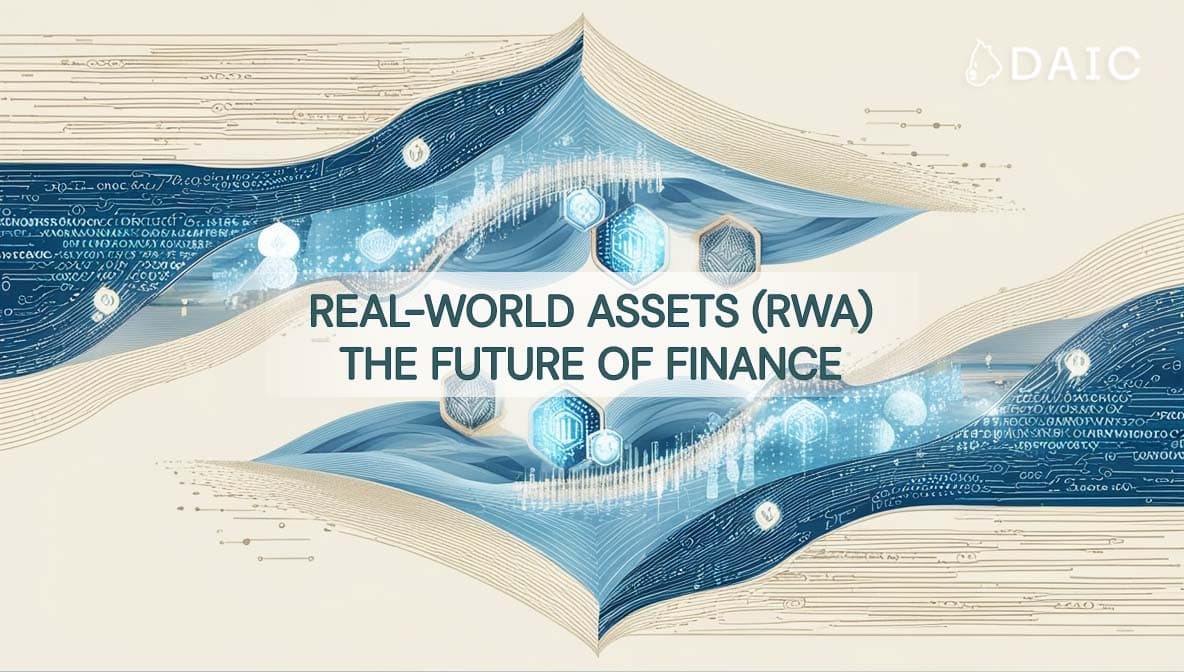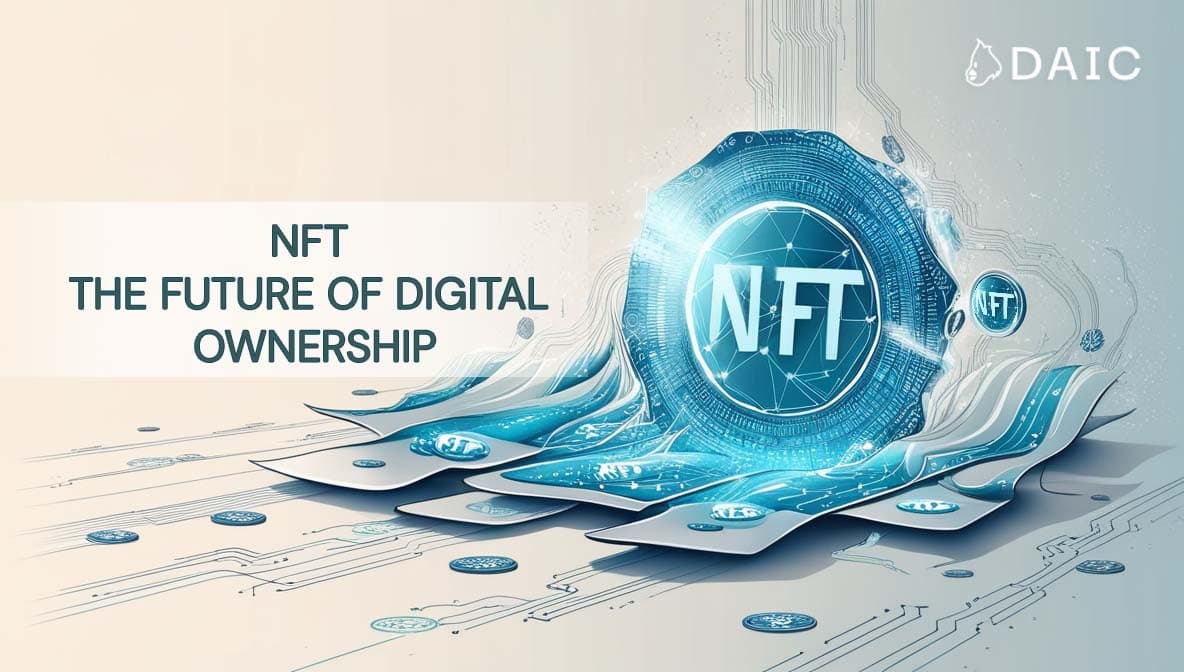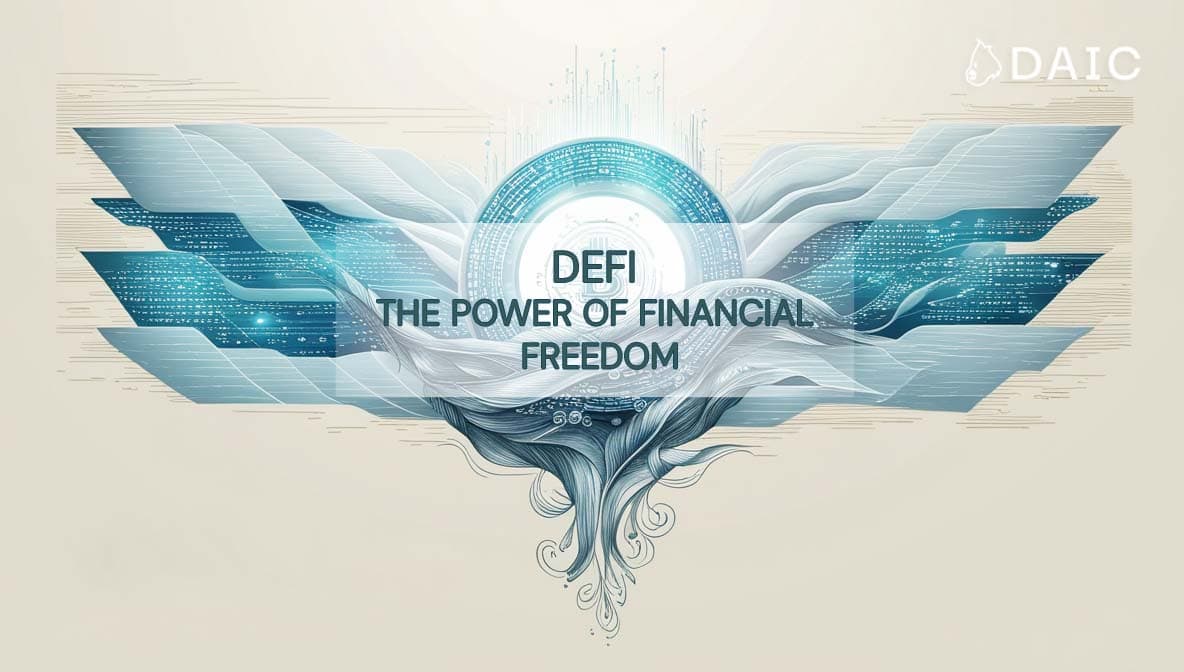Decentralized Physical Infrastructure Networks (DePIN) are redefining how infrastructure - like internet access, data storage, or even energy - comes to life, and you’re part of that shift. Using blockchain technology, DePIN blends community effort with cutting-edge systems, offering a fresh way to connect and share resources.This guide dives deep into what DePIN is, how it operates, and what it means for you, balancing practical uses, technical insights, and a glimpse of what’s ahead.
Key Takeaways
- DePIN brings blockchain to everyday resources, and this opens up possibilities for everyone to build networks that power modern life.
- It's a fast-moving idea, cutting across fields like data storage and connectivity, transforming how these systems work.
- You can expect practical benefits - think lower costs and stronger services - along with an option to earn rewards.
- Future possibilities, from smarter tech to sustainable solutions, suggest DePIN could become a major force in the years ahead.
- DePIN is about creating community-driven alternatives to traditional setups, making it a fresh trend in the blockchain space.
What is DePIN?
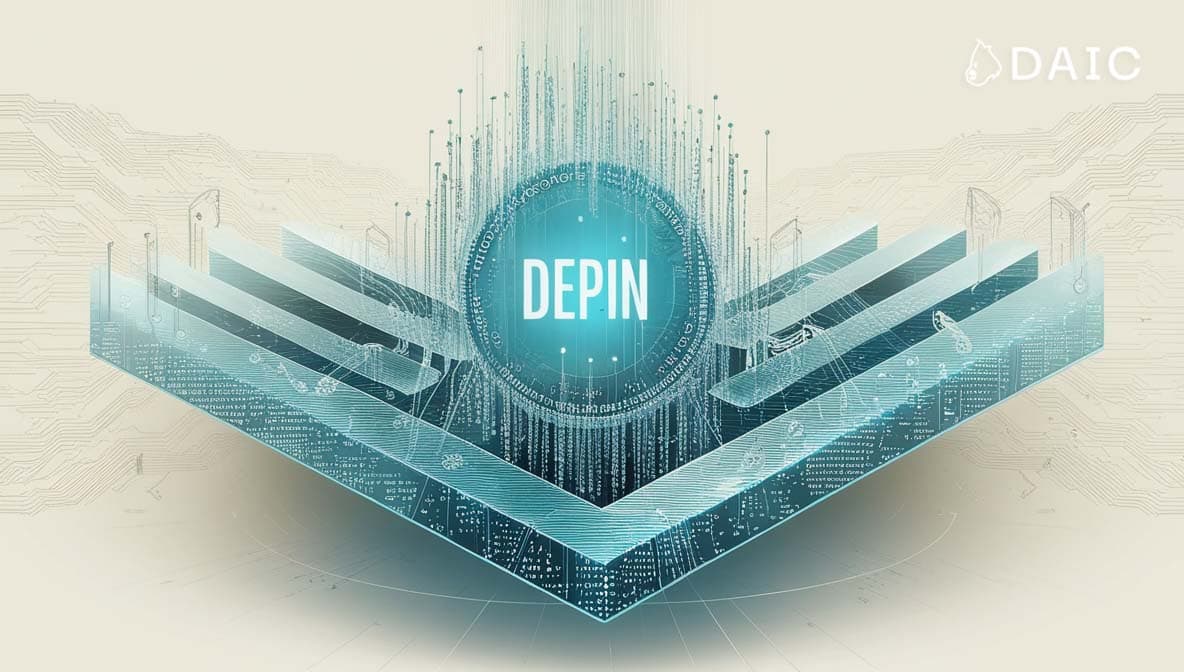
Imagine a world where the digital strength of blockchain reaches out to touch the physical things around you - your internet connection, the space where your files rest, or even the energy flowing through your home. That's the idea behind DePIN (Decentralized Physical Infrastructure Networks), a new approach that allows you to get in creating and sharing networks with other people rather than leaving it in the hands of corporate business. It's founded on blockchain technology, an open book that anyone can trust, noting how resources are being shared and keeping the system honest and open. DePIN isn't just about tech - about giving people a means to come together, creating services that are personal and practical to daily life.
Mainly, these networks split into two broad categories, each with its own taste. Some are terrestrial, tied to a specific place - think of hardware like antennas or solar panels offering connectivity or power to your neighborhood, defined by where they are and what they do there. Others focus on digital resources that are free to move, unattached to any place - like processing power or data storage you can share or access from anywhere, making them flexible and everywhere. What they have in common is how they take blockchain beyond the screen and link it to the real world in ways that open up new possibilities.
For you, it's a chance to be part of something bigger - giving a little bit of what you have, like a device or a share of bandwidth, to help create a network that benefits all, marrying the best of technology with the spaces and equipment you know.
How DePIN Works
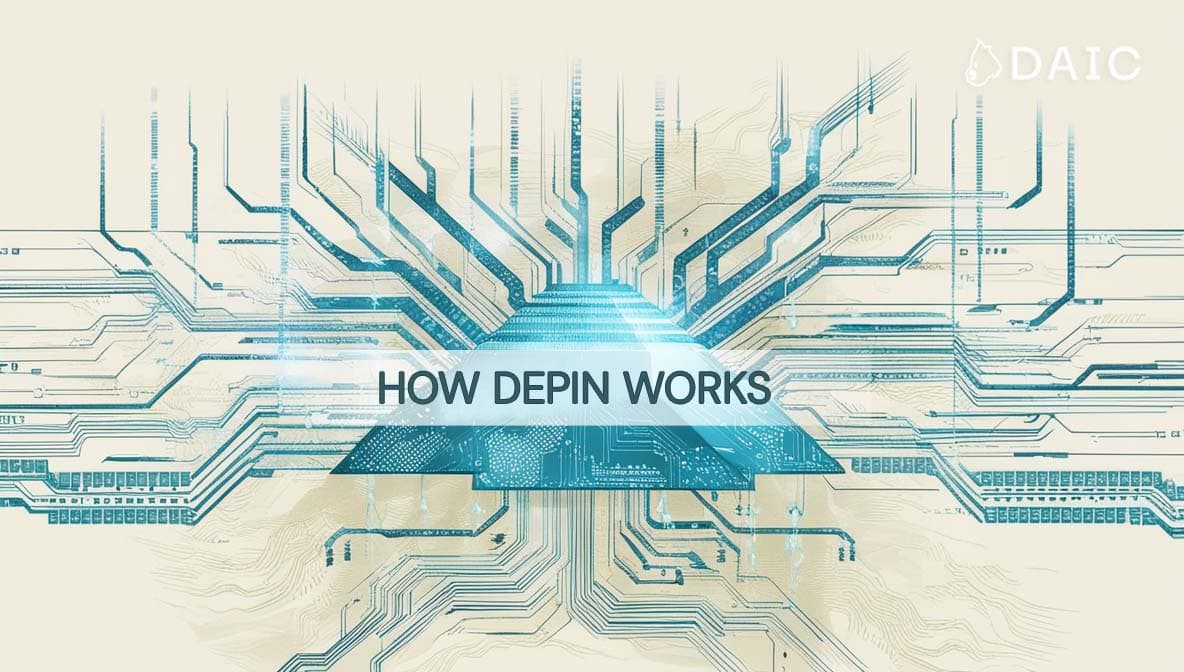
Have you ever wondered how your everyday devices, like your smartphone or laptop, could get together with blockchain to create something useful for all of us? That’s the simple beauty of Decentralized Physical Infrastructure Networks (DePIN), which bring together physical tools and digital systems in a way that’s easy to grasp. It all revolves around three main pieces: the physical stuff you might already have, a clever link, as a platform, that ties it to the blockchain, and a public record (blockchain) that keeps everything running smoothly for both you and others who use it.
First, there’s the physical side - think of anything from a device that boosts your Wi-Fi to a panel catching sunlight, managed by people like you who share what they’ve got. These contributors, often just regular folks with spare resources, add their tools to the mix. Then the blockchain as the coordinator tracks all this activity, figuring out who is contributing and calculating rewards in digital tokens - a sort of thank-you for contributing.
For you as a user, it’s just as seamless: you tap into these services, maybe faster internet or extra storage, paying a small fee that’s often lighter than big company rates. The blockchain takes care of that too, keeping fees affordable and services continuous. When others join in, the network grows stronger, connecting your contribution to a greater, shared effort that's beneficial and open to all.
What keeps this system spinning?
It’s something called the DePIN flywheel, a cycle that builds momentum as more people get involved. When you and others share resources, the network gets better (more options, faster services) and that draws in users who like the lower costs and reliability. Their small fees keep things running, and the blockchain uses them to reward contributors with tokens, making it appealing to add even more tools to the pool.
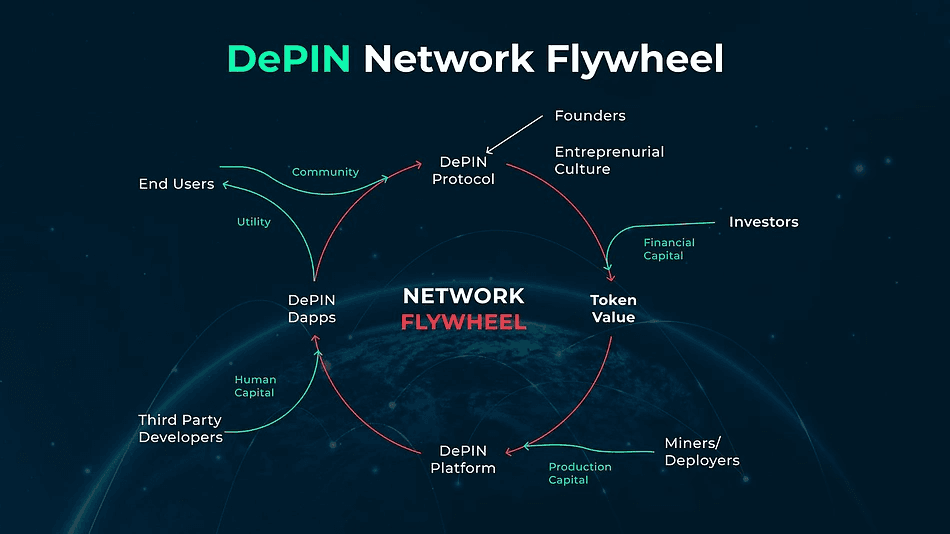
As the network grows, those tokens can increase in value, attracting new individuals who jump in to utilize or share it. It's a self-sustaining cycle: each new user or contributor spins the wheel faster, converting a handful of shared devices into an extensive system that's difficult to stop, all driven by the process of participating.
What Are the Benefits of DePIN?
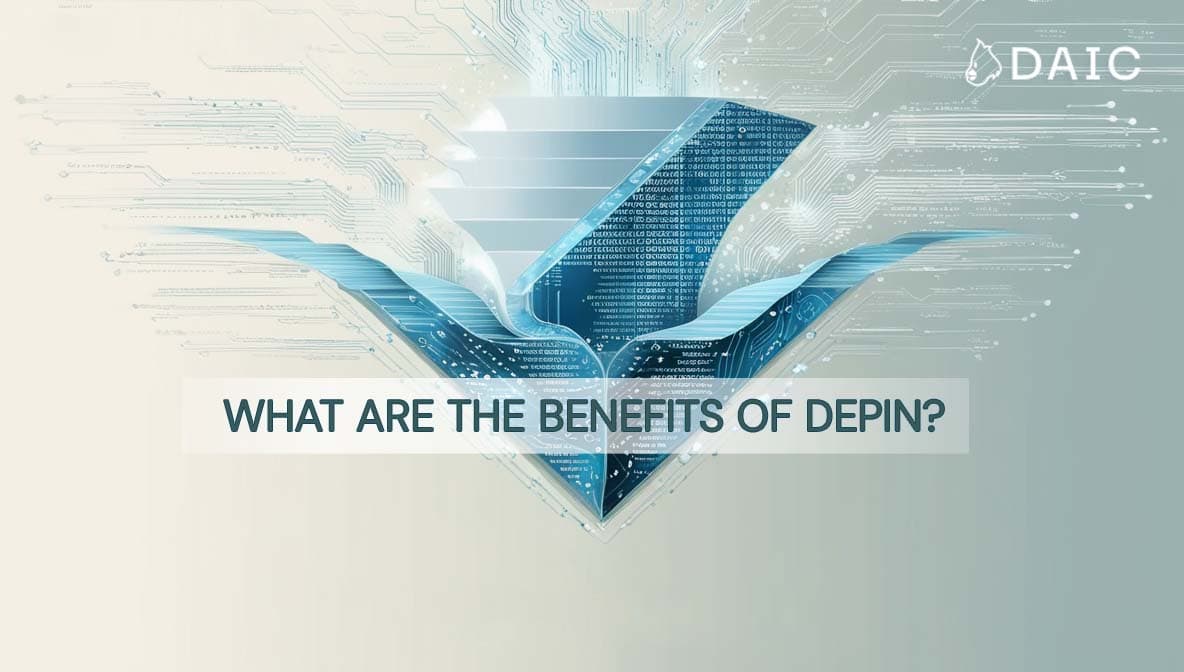
So what's the deal with DePIN? It's got some clear strengths that make it stand out as an excellent means of controlling tech. Think of it like a well-run team - it’s got a lot going for it. Let's run through what makes it so effective.
Adapts to Demand: DePIN rapidly adapts to changing network conditions. Picture a day when everyone's watching films - suddenly, it ramps up capacity, so things continue flowing. Then, when the load drops, it adapts just as well. That allows to prevent the outages that are often faced with older systems.
Shared Control: No single person's in charge here. DePIN shares the responsibility of decision-making around, like on a group project where everybody's got a voice. That collaborative approach keeps any one element from dragging the entire thing down, keeping the system up and running smoothly and in balance.
Fair Cost Structure: The price matches what it actually takes to run, without unnecessary overpayments. DePIN does not charge a fee simply because it can do so, it keeps costs tied to the nature of how the network works, which often makes it a sharper deal than what you’d get elsewhere.
Lean Operation: By taking advantage of what already exists, DePIN operates with an efficiency impossible to surpass. It doesn't need to create all things from scratch, it borrows on what already exists, turning extra capacity into a powerhouse without the bulk overhead of traditional setups. DePIN turns unused resources and makes them productive, delivers results without the extra work.
Open Participation: It's made so that anyone can participate, no gatekeepers or barriers to delay things. DePIN flings the doors open wide, admitting contributions from everywhere and enabling the network to branch out far and wide with ease. This isn't just access, it fosters flexibility, enabling the system to expand naturally as more actors fill gaps and make it truly an inclusive deal.
Built-in Resilience: Spacing resources far apart enables DePIN to handle disruptions like a pro. Its distributed architecture keeps it operational even when things don't work out as expected, sidestepping the single-point failures that plague fixed systems. It's a resilience built into the core, keeping the network operational no matter what is thrown at it.
Reward Mechanism: It adds an excellent incentive, rewards to contributors, that fuels growth without displacing it. It's not the main event, but a subtle inclusion that bridges effort with growth, pushing DePIN steadily ahead.
DePIN’s strengths add up fast. It adjusts, shares power, keeps costs real, and runs smart. It’s open to all, tough enough to last, and throws in a little reward for good measure. That’s why it’s a solid pick for changing how we build tech that stays around.
DePIN Sectors and Projects
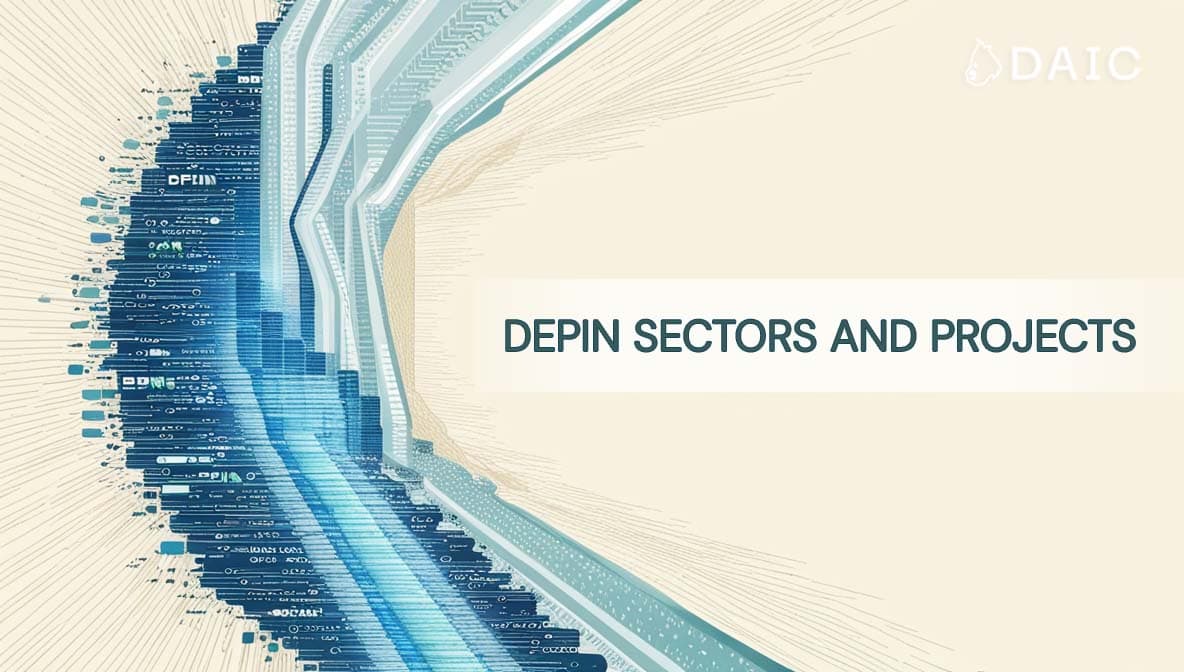
DePIN reach into all sorts of areas, showing off their knack for blending blockchain with the real world. Think of DePIN as a system that takes everyday tools and turns them into something bigger, tackling different challenges with a fresh approach.
To get a handle on its scope, here’s a rundown of the main sectors it covers:
- Cloud Computing: DePIN utilizes spare computing power to accomplish big tasks, from data processing to fueling new technology, without depending on big cloud providers.
- Wireless Connectivity: It spreads connection access far and wide, using simple devices anyone can set up to keep gadgets and networks linked, no matter where they are.
- Energy Trading: This sector lets renewable energy, like solar or wind power, move between users, making it easy to share and trade green resources across communities or businesses.
- Data Management: DePIN provides convenient and secure data by duplicating it on a network so that it is always accessible when needed, but not reliant on one large storage facility.
- Sensor Systems: It employs everyday equipment, such as cameras or trackers, to collect real-world information, from road conditions to weather patterns, creating a smarter picture of what's surrounding us.
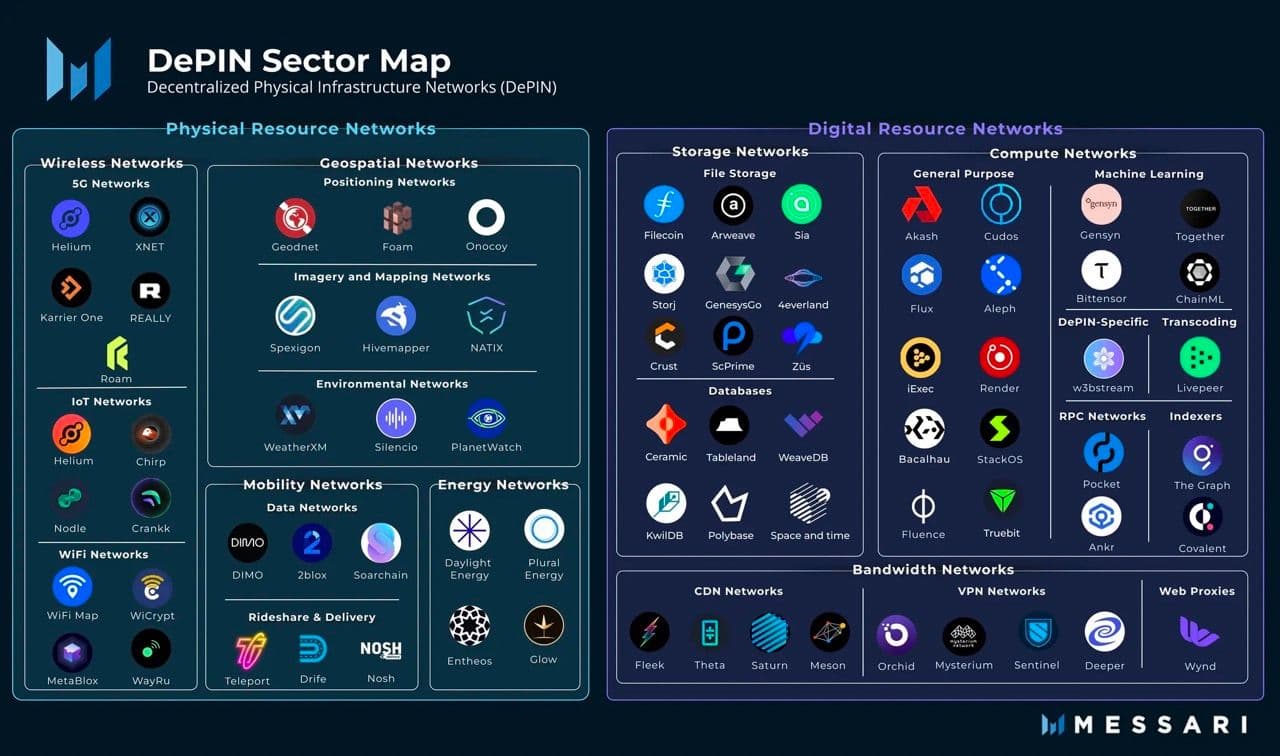
These sectors come to life through projects, and the Cosmos ecosystem, a network where blockchains work together, hosts some great examples. Akash Network powers cloud computing, letting anyone share their computer’s extra capacity to take on tasks usually handled by big tech. Chain4Energy shakes energy markets, and exchanging renewable energy peer-to-peer, like solar on your roof to your neighbor. Lava steps into data management by providing decentralized Remote Procedure Call (RPC) services across multiple blockchains. With DAIC Capital helping secure these Cosmos chains, they’re building a strong foundation for DePIN’s real-world impact.
Trends on the Horizon
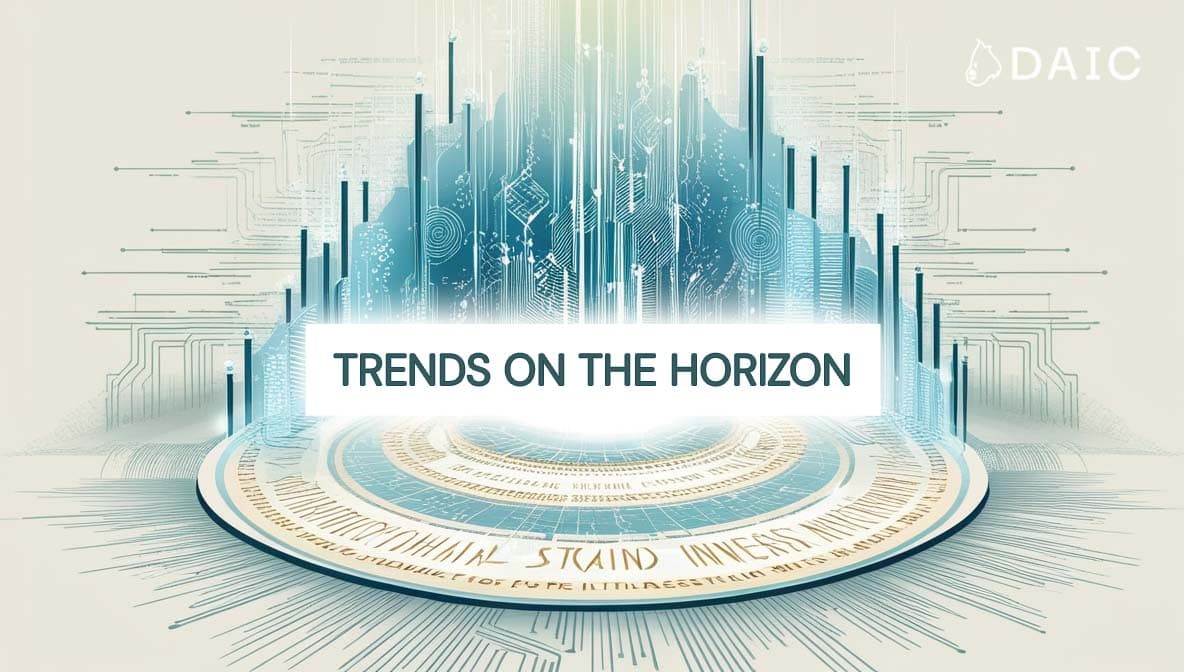
This technology stands ready to extend further, integrating into new spheres of our existence, with some exciting developments on the horizon. It's not so much where it is now,fields like computing and energy, but where it is headed, incorporating new concepts and greater potential.
One of the emerging trends is linking DePIN to smarter systems, like artificial intelligence. Imagine networks that exchange not only processing capabilities but help break down information for AI breakthroughs, making everything from city planning to research sharper and faster. Another trend is to sustainable arrangements, imagine power grids that trade solar or wind power, cutting waste and adopting green living in a big way. These could reshape how we power things, from homes to whole grids.
DePIN’s also eyeing a tighter weave with everyday tech. Soon, the apps and tools we use might quietly run on these networks, blending them into the background so you barely notice, but they’re there, making things smoother and more open. And it’s not stopping at what we know, new sectors could pop up, like tracking supply chains or managing city sensors, as DePIN finds more ways to connect the physical and digital. These trends point to a DePIN that’s more than a niche - it’s a system ready to roll with the future, tying into smarter, greener, and wider-reaching ideas, all while keeping its roots in shared, practical tech.
DePINs democratizes software and hardware infrastructures and sheds light on facility-building in a community-based fashion where everyone gets to contribute and get rewarded. Theoretically and even in practice, it demonstrates the power of community, cryptocurrency, and blockchain technology.
The information provided by DAIC, including but not limited to research, analysis, data, or other content, is offered solely for informational purposes and does not constitute investment advice, financial advice, trading advice, or any other type of advice. DAIC does not recommend the purchase, sale, or holding of any cryptocurrency or other investment.
